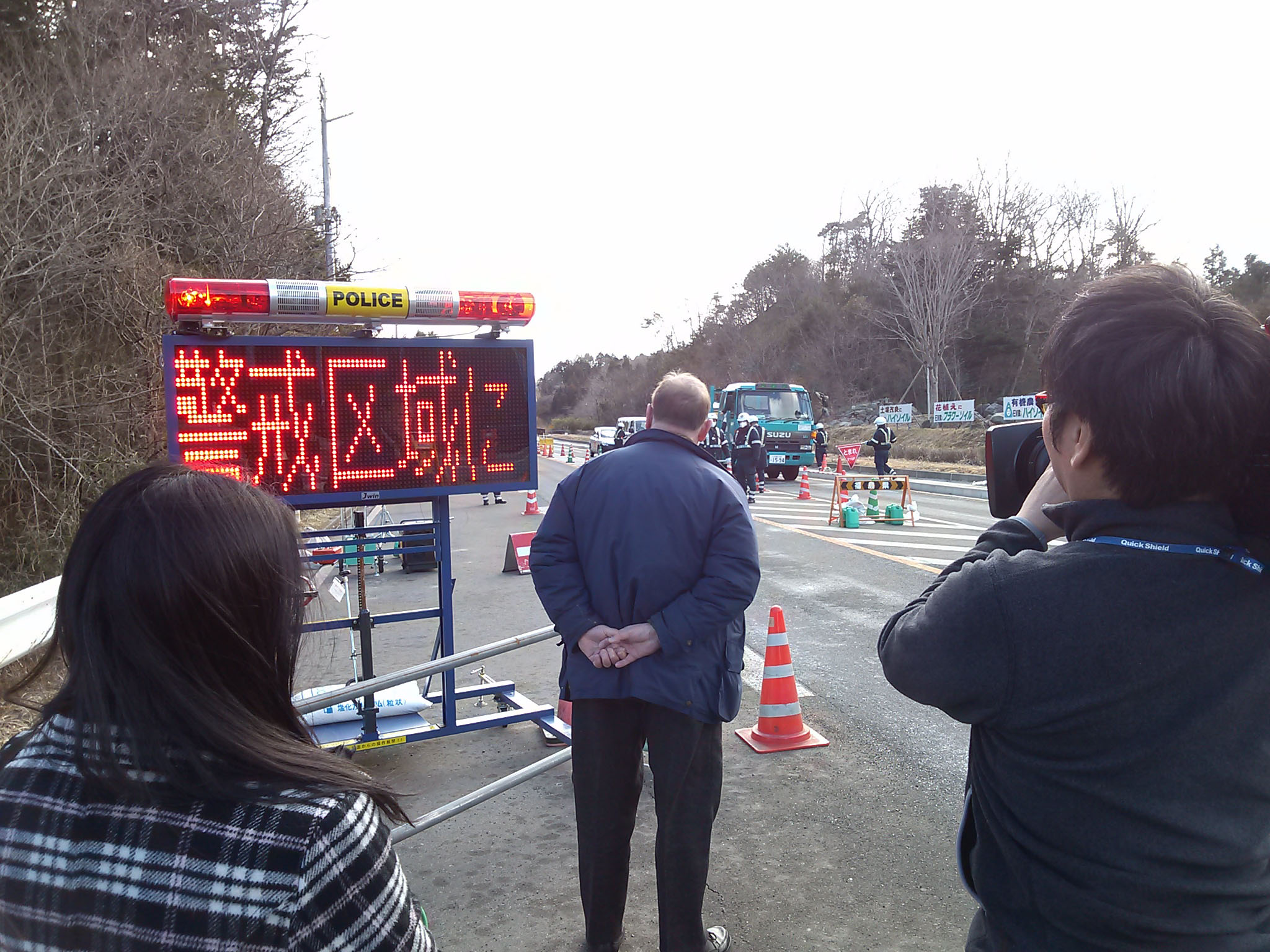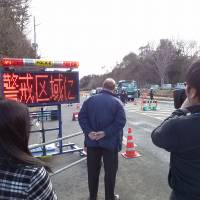I was recently asked to give a lecture at the Nagoya City Science Museum, and before the time came for my talk I was invited to the planetarium, a huge globe that was added to the museum two years ago.
Thirty-five meters in diameter, this planetarium is the largest and most sophisticated in the world. While enjoying the 53-minute show there, I realized that many of the people watching had never really seen a night sky, glorious with stars; and if some of the older ones had, they hadn't seen such a sky for a long, long time.
Part of the show was of the sky, on a clear and moonless night, over Nagoya. Only a few of the very brightest stars could be seen; others weren't visible because of all the city lights. Japan is lit up like a beacon at night. You've probably seen the satellite photographs. I once watched a television show where the presenters "oohed" and "aahed" about how marvelous this night light was. I found it depressing, a sure sign of the hideous waste of energy.
It is 50 years since I first came to Japan. Back then there were no nuclear plants, the economy was booming, most people, especially students, were enthusiastic about the future — and you didn't have to travel far from the city to see wonderful night skies.
I have lived in Kurohime, Nagano Prefecture, since 1980. When I first came here the population of our town (which is called Shinanomachi, while the station is named Kurohime after 2,053-meter Mount Kurohime that overlooks us all) was just over 12,000. Now it is under 10,000. My house is a 20-minute drive from the station, and surrounded by fields, woods and trout farms. We do get to see stars, though not so many in the ski season, when they light up the slopes for "nighters."
Having spent much of my life in the wilderness, as — among other things — a research worker in the Canadian Arctic and a game warden in the mountains of Ethiopia, and having made dozens of television wildlife documentaries all over the world, I have been awed so very many times by night skies that were totally unpolluted by artificial light.
I was born in Britain in 1940, when there was little artificial light outside at night in either town or country (not to mention the enforced blackouts during the war, when the police would come and scold a householder if just a chink of light was visible from outside a thickly curtained window). I grew up with a love of gazing at the moon and the stars, wondering if man would ever visit other planets, and why was it that humankind was put on the Earth in the first place.
The show at the Nagoya planetarium was great, and enjoyable, but it didn't have the magnificence of the real thing. There were no shooting stars to count and make wishes on, and neither could I spot the steady, high passing of Earth-circling satellites. (I won't go into UFOs, but yes, I have seen things in the sky that I couldn't categorize or explain).
I feel a great pity now for all the city-dwelling Japanese who have never beheld the wonder of a clear night sky, and I am beginning to feel ashamed of the waste of energy.
Last month I made a few TV documentaries in the Tohoku region of northeastern Honshu. We drove to Iidate in Fukushima Prefecture, just 39 km northwest of the Fukushima No. 1 nuclear power plant.
Before the three reactor meltdowns there in March 2011, Iidate village had a population of almost 7,000. It is a lovely farming area with lots of fine old country houses; a great place to live, bring up children or grow old. Now, I was told, only 120 people live there, mostly elderly. There are no children. They can't sell their produce. It was a sad place to drive though.
We then drove on to visit the town of Minamisoma, which lies 25 km north of the power plant and is also in Fukushima Prefecture. That town had a population of almost 70,000 before the Great East Japan Earthquake of March 11, 2011, and the ensuing tsunami and ongoing nuclear crisis. It was a weekday, and we passed through parts of the town that had been evacuated, but which now allowed people to return during the daytime. I didn't see a single soul, nor a cat, nor a dog — not even a crow or a sparrow. It was the saddest, loneliest place I have ever seen.
After visiting Minamisoma, a town that had turned down subsidies offered by Tohoku Electric Power Co. — which only last month finally dropped its plan to start operating a new nuclear power plant in that area in 2021 — we drove on to the policed barriers on the main road where we stopped to film.
After the disaster, an area within a 20-km radius of the Fukushima No. 1 nuclear power plant operated by Tokyo Electric Power Co. (Tepco) was designated as a no-entry zone, and people were evacuated.
Then, in late 2011, the evacuation zones were redesignated according to whether the annual radiation levels exceeded 50 millisieverts. Areas below that level — such as the area of Minamisoma that we passed through — have various living restrictions such that the people may be able to visit or work there during the day, but are not permitted to stay overnight. The current map of the no-entry zone is now irregular, reflecting radiation levels which varied with wind patterns and so on.
We were stopped about 10 km from the Tepco plant. Cars and trucks were going into and coming out of that zone, but when I asked why we couldn't, not one police officer would answer. So, there was a large piece of Japan that I, a Japanese citizen, was exiled from and unable visit.
On March 11, 2013, the Asahi Shimbun newspaper reported that 60 percent of the evacuated residents — about 54,000 people — will be unable to return to their homes even six years after the meltdowns. Some of these bitterly frustrated and angry folk told me it would be at least 30 years before they could return. Others were sure that people would never be able to live there again.
Meanwhile, the government plays it all down, and is more and more insisting that Japan needs nuclear power.
For what? To blot out the night sky and hide the stars? Will there be more planetariums to remind city-dwellers that the Earth is just a speck in a galaxy of untold billions of stars, moons and planets?




